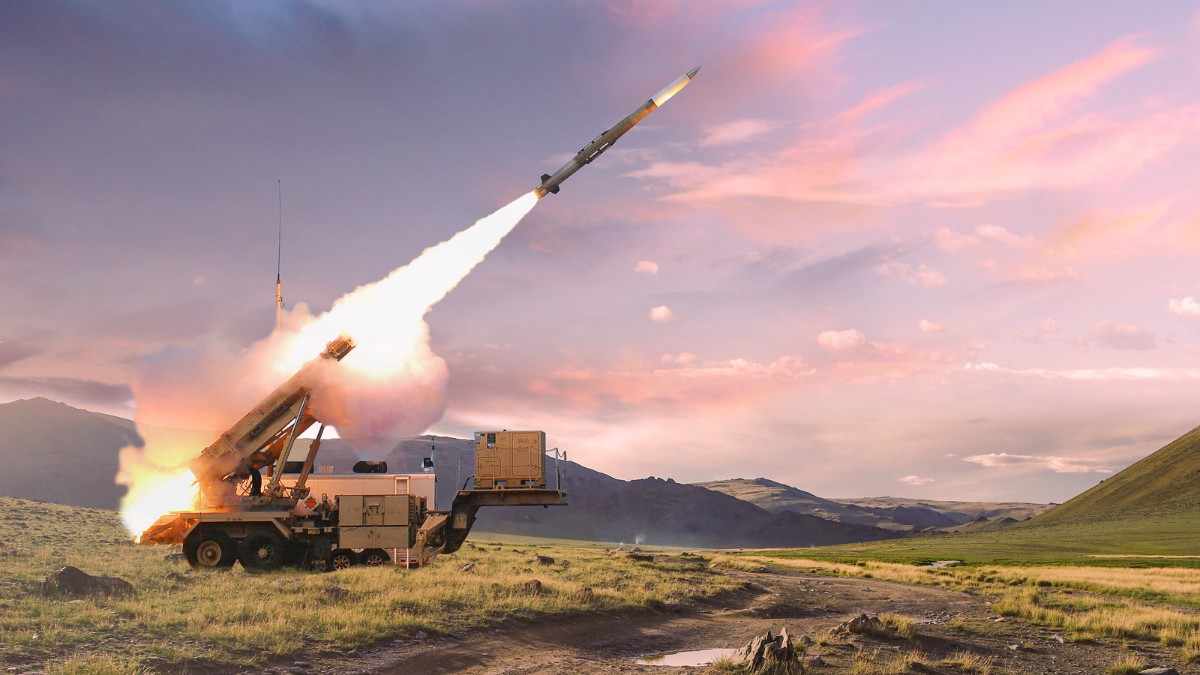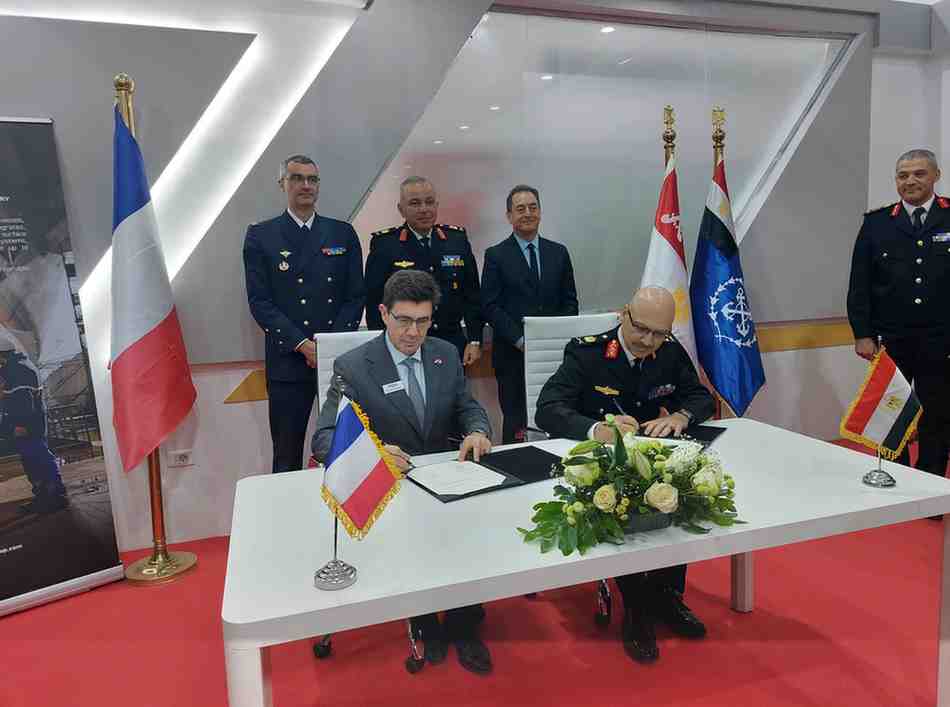PAC-3 MSE has successfully intercepted an airborne target during a flight test. PAC-3 or Patriot Advanced Capability-3 Missile Segment Enhancement is developed by Lockheed Martin. This test marks another step toward delivering full 360-degree engagement capability for the U.S. Army’s Integrated Air and Missile Defense (IAMD) system.
Table of Contents
TogglePAC-3 MSE and LTAMDS Integration
In the test, PAC-3 MSE engaged the target using data from Lower Tier Air and Missile Defense Sensor (LTAMDS). The event confirmed that PAC-3 can integrate with LTAMDS. This enables the system to counter threats approaching from any direction.
“This milestone shows PAC-3’s ability to work with cutting-edge technologies,” Lockheed Martin said. The achievement supports U.S. Army’s efforts to modernize its IAMD architecture. Therefore, enhancing its ability to respond to evolving aerial and missile threats.
Strengthening 360-Degree Defense
Brian Kubik emphasized the importance of the test for future battlefield readiness. “PAC-3 continues to demonstrate reliable performance in increasingly complex operational environments,” Kubik said. “Delivering 360-degree engagement capability will enable us defend against threats from any direction. enhancing the U.S. Army’s IAMD capabilities.” Kubik is the vice president of PAC-3 Programs at Lockheed Martin.
The 360-degree capability will provide a decisive advantage in countering modern threats. These threats include advanced cruise missiles, drones, and tactical ballistic missiles that can approach from unpredictable angles.
Rising Global Demand for PAC-3
Demand for the PAC-3 MSE continues to grow worldwide. Especially, since its proven performance in real-world operations. Lockheed Martin says that it is on track to deliver a record high number of 600 PAC-3 MSE interceptors in 2025.
The company is also working closely with the U.S. Army to accelerate delivery schedules. Several international customers have procured the PAC-3 system as part of their national air defense.
Advancing the U.S. Army’s IAMD
The successful test reflects broader efforts. The efforts aim to modernize the U.S. Army’s air defense capabilities under the IAMD framework. By integrating PAC-3 MSE with LTAMDS, the Army moves closer to fielding a layered and adaptive defense system. A system that is designed to protect against an expanding range of aerial and missile threats.
As Lockheed Martin expands production and integration efforts, the PAC-3 program remains central. This program is crucial to strengthening both U.S. and allied air defense networks in an contested global environment.
Javeria Sajid is an Aerospace Engineering student from NUST with a background in technology and a sharp focus on the global political landscape and defence innovation. She writes to make complex defence technologies understandable, and aspires to bridge journalism, policy, and engineering in her work.
- Javeria Sajidhttps://defensetalks.com/author/javeria-sajid/
- Javeria Sajidhttps://defensetalks.com/author/javeria-sajid/
- Javeria Sajidhttps://defensetalks.com/author/javeria-sajid/
- Javeria Sajidhttps://defensetalks.com/author/javeria-sajid/












